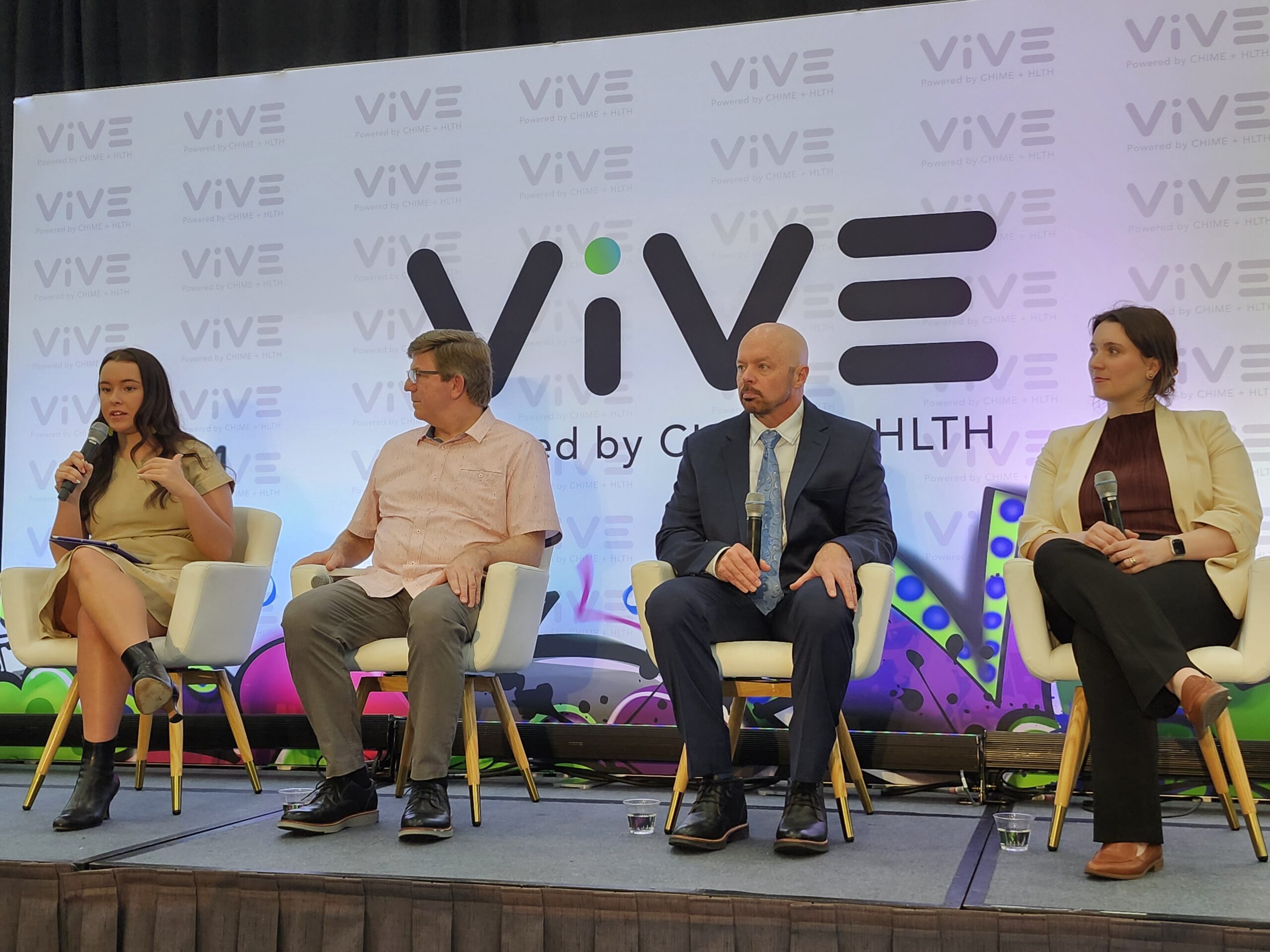
A few weeks ago, Pittsburgh-based Allegheny Health Network rolled out a large language model designed exclusively for use by its staff members. You can think of the generative AI tool as the health system’s own version of Chat-GPT, according to Ashis Barad, AHN’s chief digital and information officer.
The tool, which is named Sidekick, is available to all of AHN’s 22,000 employees, as well as all 44,000 employees employed by its parent company Highmark Health. Highmark and Allegheny developed the tool alongside their partner Google, Barad explained last week during an interview at the Reuters Digital Health conference in San Diego.
Sidekick was trained solely on AHN’s and Highmark’s own data, he noted.

Using Informed Awareness to Transform Care Coordination and Improve the Clinical and Patient Experience
This eBook, in collaboration with Care Logistics, details how hospitals and health systems can facilitate more effective decision-making by operationalizing elevated awareness.
“It’s trained on our own data, and it’s closed, so there’s no leakage whatsoever. That allows us to then put anything we want into it. And we have firewalls between Highmark and AHN, so as far as PHI protection is concerned, it’s all been figured out,” Barad said.
Barad is a clinician himself — a pediatric gastroenterologist who still practices. He knows firsthand that the ability to safely input patient data into a generative AI model and ask questions can be game-changing, he declared.
Nurses and doctors sometimes spend multiple hours a day writing letters for various administrative tasks — and this is a problem that Sidekick can help with, Barad noted.
“A huge part of my staff’s time is spent writing letters — filling out the paperwork for prior authorizations, sending appeals, ordering medications. They do a lot of letter writing,” he said. “There’s now this ability internally for us to say ‘Hey, write me a prior auth letter using this patient’s chart information.’”

At ViVE 2024, Panelists Share Prior Authorization Progress and Frustration in Payer Insights Program
At the Payer Insights sessions on Day 1 of ViVE 2024, a panel on prior authorization offered compelling insights from speakers who shared the positive developments in this area after years of mounting frustration. Speakers also shared challenges as they work with providers to figure out how policy developments and technology will work in practice.
Clinicians didn’t choose their profession to be consumed by administrative tasks like letter writing, Barad pointed out. Sidekick seeks to reduce that administrative burden so that clinicians can spend more time with patients and practice at the top of their licenses, he explained.
AHN’s medical students and residents are also beginning to utilize Sidekick in their daily work, Barad added. It can help answer specific questions without having to seek advice from a more experienced colleague. This is not to say that clinical mentorship can be replaced by AI — but as the provider burnout crisis persists, there are some questions that require the expertise of a colleague and some that can be more quickly and efficiently answered by a large language model.
Barad expects AHN’s staff members to experiment with various use cases for the tool over the coming months and years.
Photo: venimo, Getty Images












